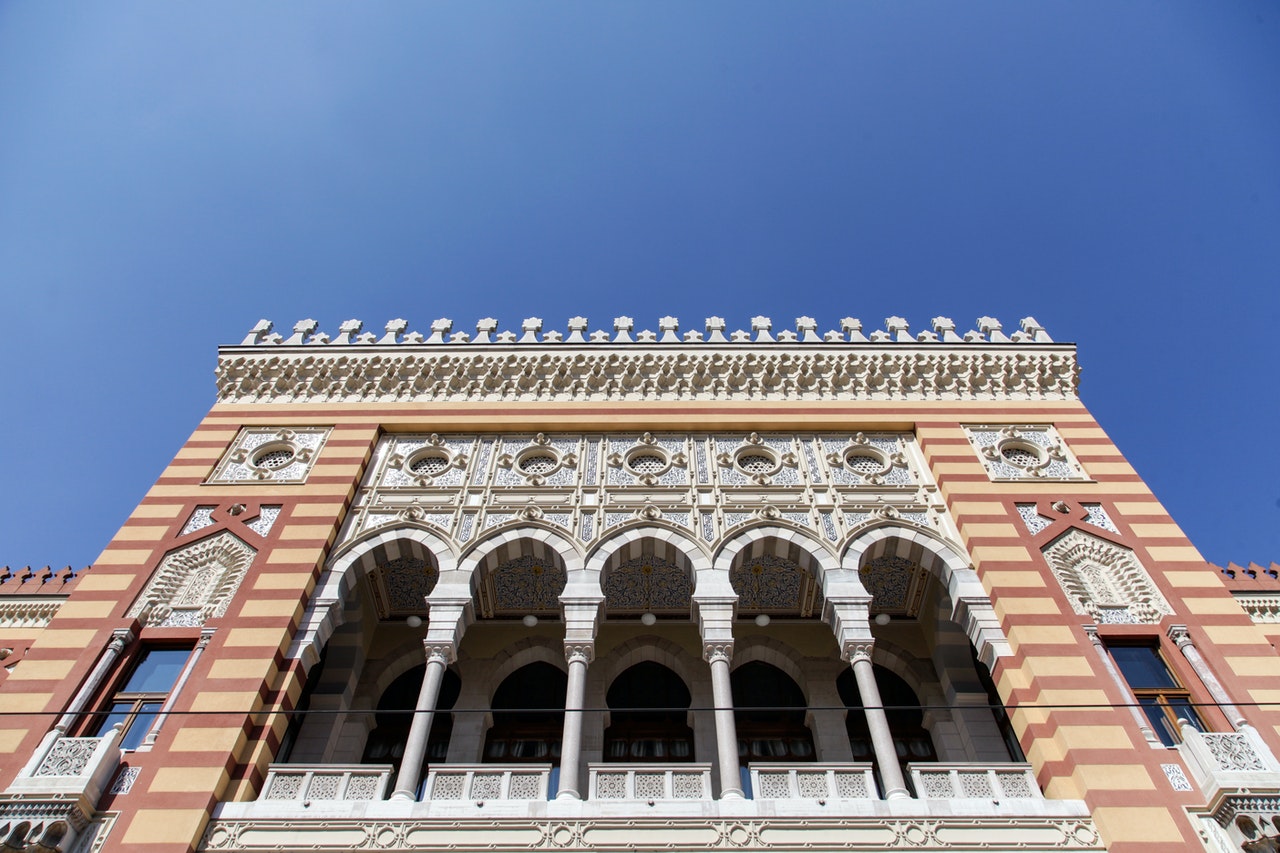
Development of cities, as an accumulation of substantial forms, and as a set of relationships between individuals, groups, and space, is never primordially given or permanently fixed. Physical structure constantly evolves, cumulatively and gradually, but also profoundly and instantly, when the cities and societies are subjected to extraordinary circumstances and large scale events.
These paradigm shifts create physical traces, which are collectively expressed through urban and architectural form, transcending the past and carrying in its fabric the grand treatise of history. Human memory is spatial, and shaping of space is the equivalent of shaping the memory. It is not the bare volume that communicates particular social or ideological content, but it is its placement in the ever-changing socio-temporal context that inherits the epitome into the built form. By forming relationships with the social and built setting, architecture receives purpose and meaning, becomes the safe keeper of time, and the creator of place and memory.
Regardless of the continuous spontaneous or deliberate transformations that the buildings are subjected to during their lifetime, the connections established between architecture and the society are not so easily altered, as human memory and identity are rooted in bodily experiences of being and moving in material space. This research explores the connection between the collective memory and the changing character of the social and built environment. It draws on theories of collective remembrance, establishing a type of memory experiment about the multilayered nature of collective urban memory, related to two mega events that radically transformed the urban form and image of Sarajevo at the end of the 20th century: the 1984 Sarajevo Winter Olympic Games (SWO) and the 1992-1995 war. In specific, it will address the urban paradigm of contemporary Sarajevo and the accumulation of memories, through spatial traces created by the divided legacy of the SWO and the ‘in-visible’ Inter-Entity Boundary Line (IEBL).
It attempts to analyze the current state of common remembrance by juxtaposing the sites of memory : the integrative and connecting inheritance of SWO that transgresses political, ethnic, and social divisions; with the IEBL, that cuts through the Olympic legacy, is the reminiscent of destruction, and a representation of division of not only the Olympic heritage, but also of the city and the inhabitants of Sarajevo. By exploring the memory of the SWO legacy in reference to the boundary line, this research contributes to two major academic discussions - the needed academic discourse on Winter Olympic Legacy, and the scholarly dialogue related to the divided cities, all within unparalleled contextual setting.
Sarajevo is an exemplary case of an Olympic city that has made an extremely successful symbiosis of the Olympic built legacy into the existing urban fabric. It is also the only example of contemporary divided Olympic city, and an unprecedented case of the changing identity related to how the city identified, captured, and utilized the Olympic legacy for local purposes prior – during – and after the war. In 1984 Sarajevo was the embodiment of Yugoslavian and Olympic ideal – peace, brotherhood, and unity across Yugoslavia - a country which based all its relations on the principles of the Olympic Charter. Subsequently strong narrative was built around the Yugoslav dimension of the games and Sarajevo as its reflective symbol – the ‘Yugoslavia on small scale’.
For the full article, please visit https://www.researchgate.net/publication/347444360_Sarajevo_Memories_-_the_City_of_Sublime_Disorder